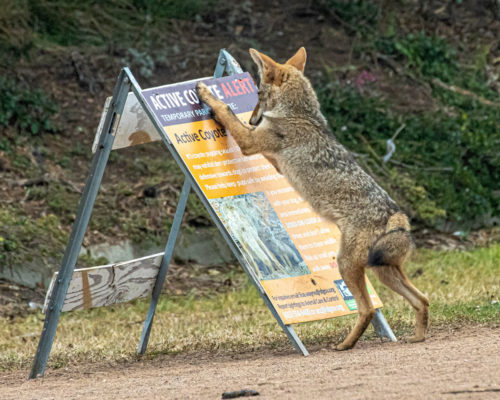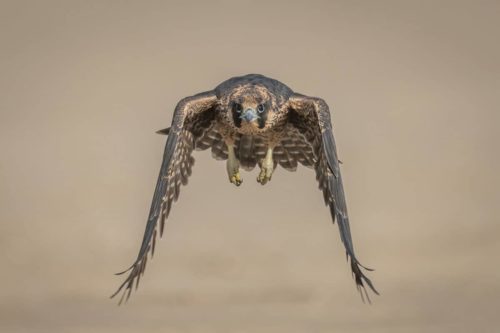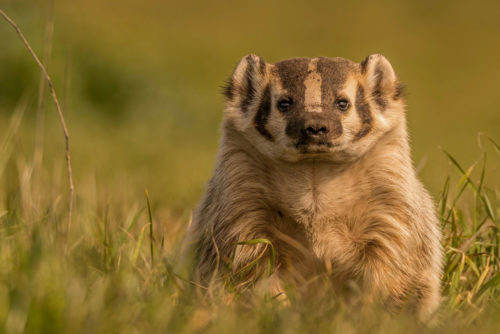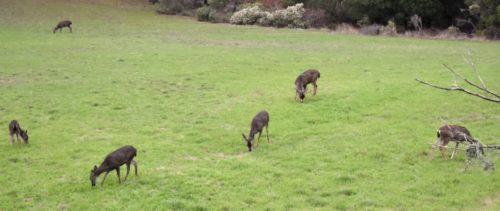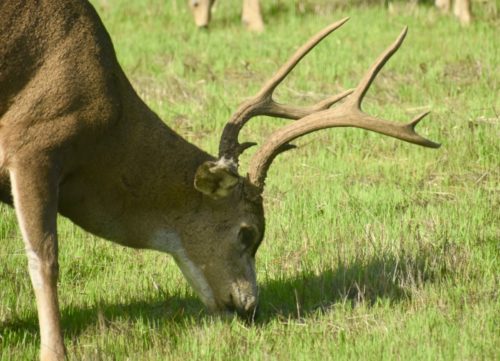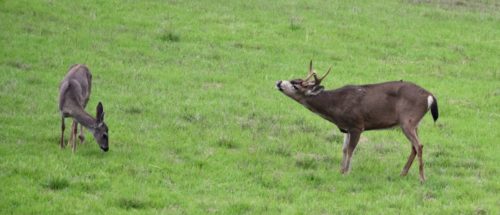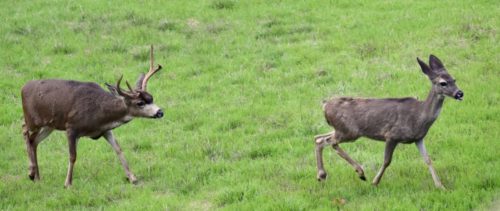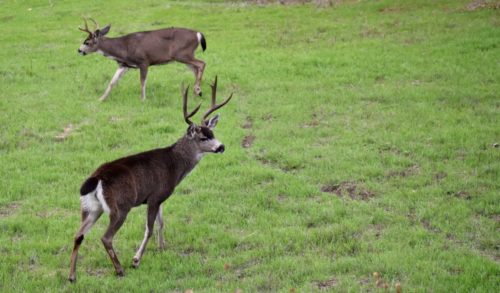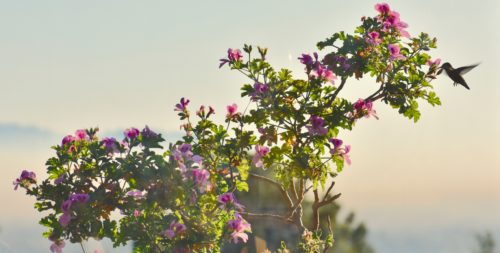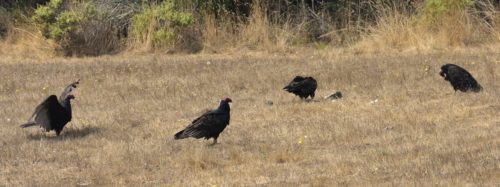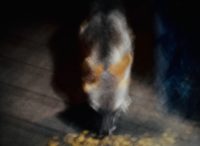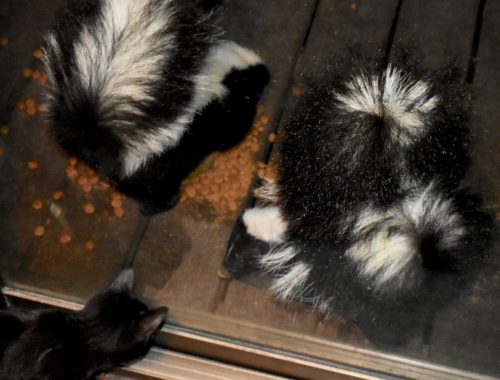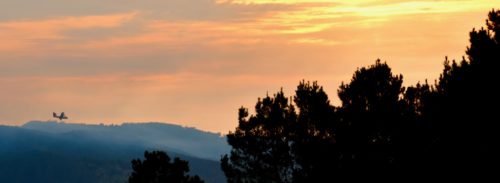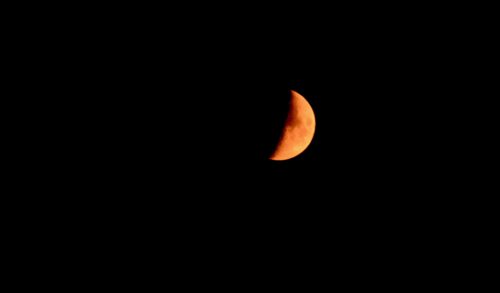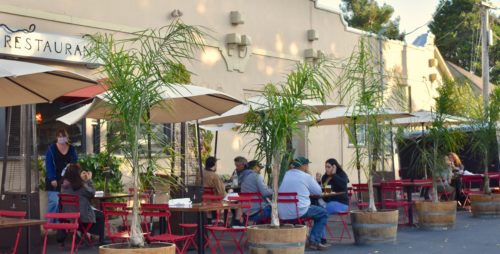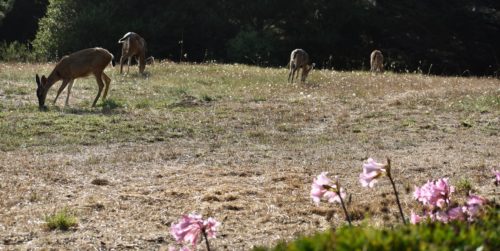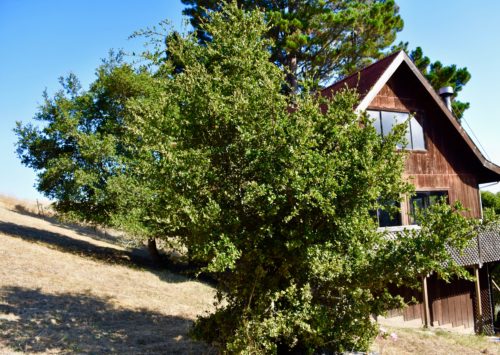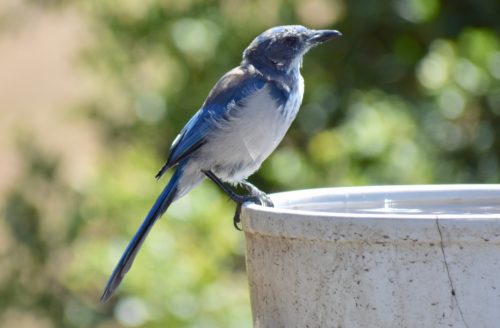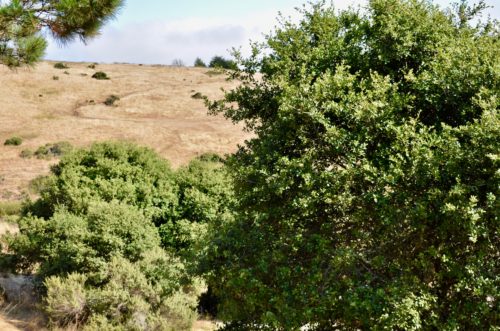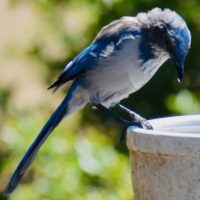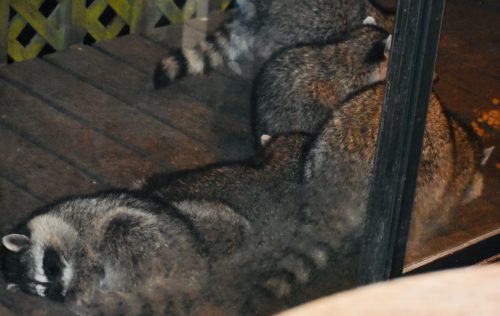Wed 29 Jun 2022
Deer tales
Posted by DavidMitchell under agriculture, Wildlife
Comments Off on Deer tales
Caveat lectorem: When readers submit comments, they are asked if they want to receive an email alert with a link to new postings on this blog. A number of people have said they do. Thank you. The link is created the moment a posting goes online. Readers who find their way here through that link can see an updated version by simply clicking on the headline above the posting.
Deer neighbors
This week we’ll take a look at the deerest creatures around Mitchell cabin,
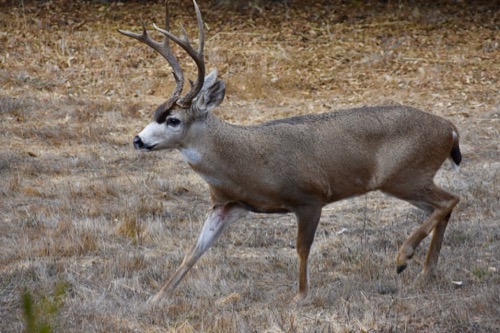
A blacktail buck outside Mitchell cabin.
California’s Department of Fish and Wildlife has estimated that well over half the roughly 560,000 deer in California are Columbian blacktails, the deer native to West Marin and the San Francisco Bay Area.
For years many people believed (and some websites still say) that blacktails are a subspecies of mule deer, a species found from the Northwest to the deserts of the Southwest and as far east as the Dakotas. DNA tests, however, have now found mule deer to be a hybrid of female whitetail deer and blacktail bucks.
Whitetails first appeared on the East Coast about 3.5 million years ago. DNA evidence suggests they spread south and then west, arriving in California about 1.5 million years ago.
In moving up the coast, whitetails evolved into blacktails, which resemble them in appearance and temperament. Blacktails eventually extended their range eastward, meeting up with more whitetails coming from the east.
A buck shows up to die
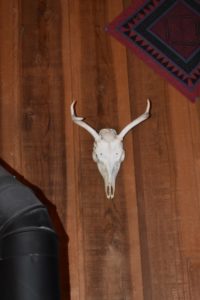
A deer skull hangs on a wall behind our woodstove.
Guests seeing this skull often wrongly assume I must have shot the critter and hung up its head as a trophy. In fact, I am not a hunter and don’t like the idea of killing wild animals for pleasure.
In this case, I did not seek out the buck but rather he sought out our front steps to breathe his last.
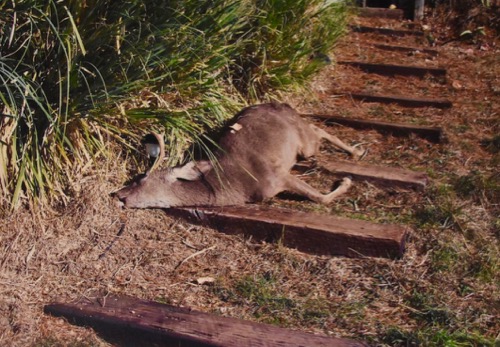
One morning when I started down my front steps en route to get The San Francisco Chronicle, I found a three-year-old blacktail buck lying dead on the ground just outside my gate. There were no signs of trauma on the deer although there were small lesions in his mouth. It turned out the buck had died of a necrobacillosis infection.

I dragged the body to the edge of my field (at left), and buzzards (AKA vultures) lined up on fence posts to dine. Maggots too soon began devouring the corpse.
Road kill
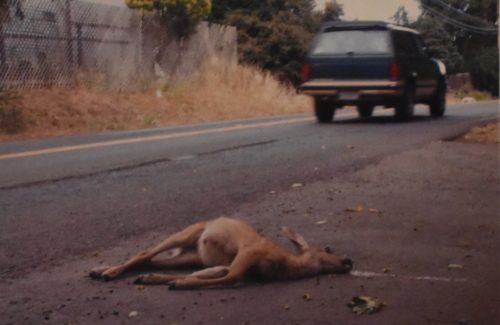
Awhile back, I was driving on Highway 1 near home when I spotted a dead fawn beside the roadway.
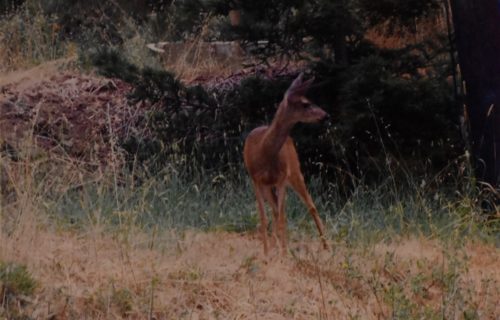
An upset doe kept trying to cross the highway to check on her fawn. But every time she started down to the roadway, a vehicle (such as in the upper photo) forced her to retreat back up the shoulder. For more than half an hour, she tried unsuccessfully to reach her dead offspring.
Gentle creatures
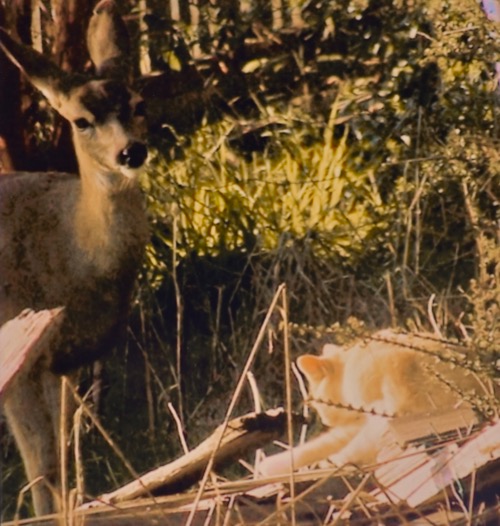
A curious doe watches a cat cleaning itself outside our kitchen door.

Deer and wild turkeys intermingle while foraging in our field, both species obviously realizing the other is a gentle neighbor.

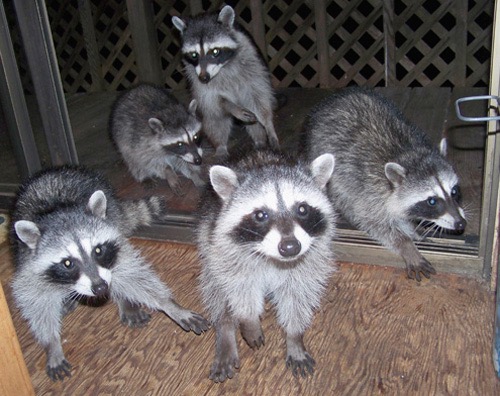
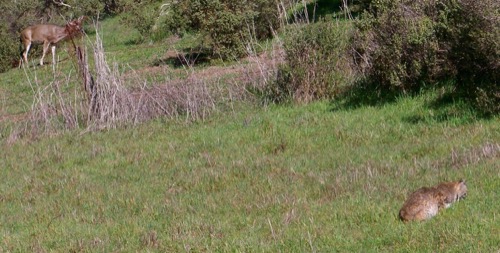
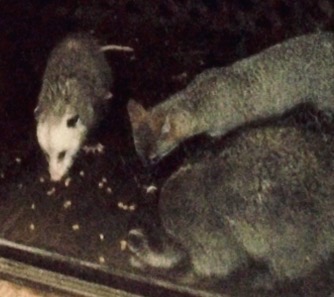
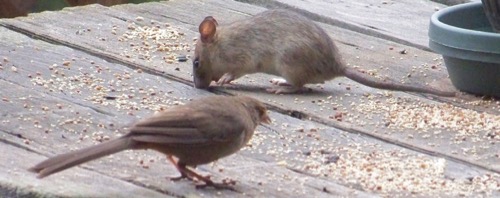 Likewise dining side by side are this towhee and roof rat nibbling birdseed off our picnic table.
Likewise dining side by side are this towhee and roof rat nibbling birdseed off our picnic table.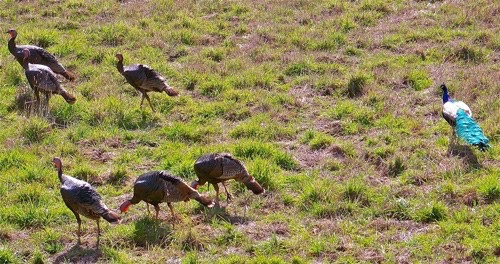 One surprising relationship went on for years around this part of town. This peacock was often seen in the company of a flock of wild turkeys. Unfortunately, I haven’t seen the peacock in recent months. I hope it’s okay. (Sad update: Obviously, not all species of wildlife are friendly toward each other, and the day after this posting went online, a neighbor told me a bobcat had killed the peacock.)
One surprising relationship went on for years around this part of town. This peacock was often seen in the company of a flock of wild turkeys. Unfortunately, I haven’t seen the peacock in recent months. I hope it’s okay. (Sad update: Obviously, not all species of wildlife are friendly toward each other, and the day after this posting went online, a neighbor told me a bobcat had killed the peacock.)
 Appropriately enough, a vulture swooped down outside our front window today and put on an impressive display. My first thought was: that’s one big buzzard! My second was: this carrion eater reminds me of Vladimir Putin hovering over Ukraine. It’s hard to get that war off one’s mind.
Appropriately enough, a vulture swooped down outside our front window today and put on an impressive display. My first thought was: that’s one big buzzard! My second was: this carrion eater reminds me of Vladimir Putin hovering over Ukraine. It’s hard to get that war off one’s mind.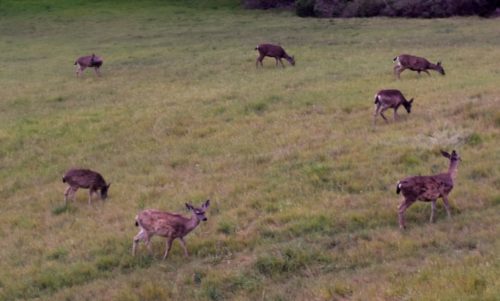
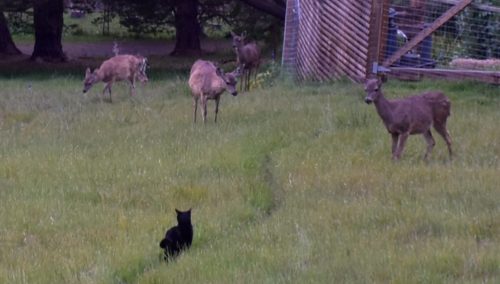



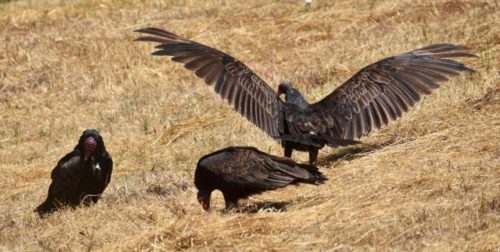
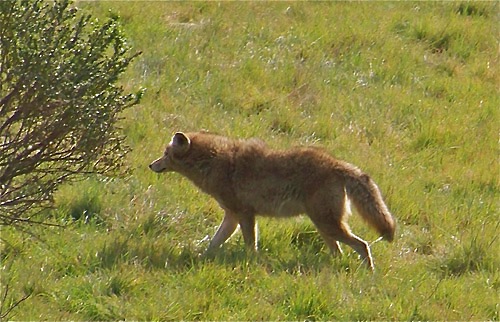
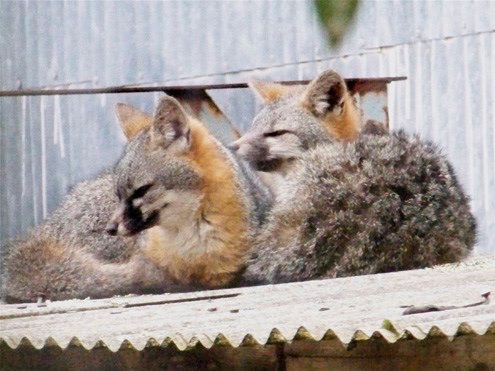
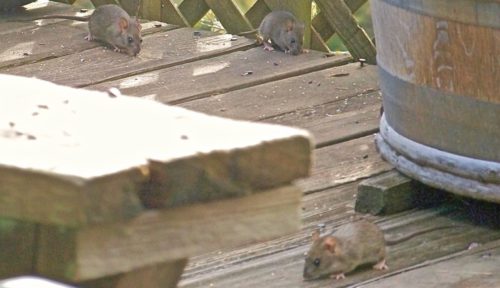
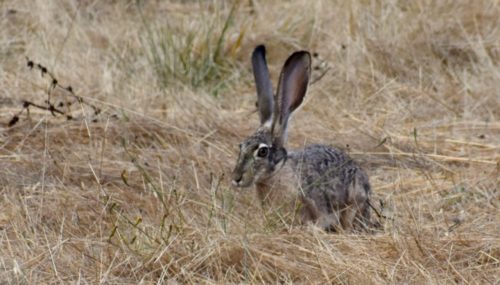
 lounge” of lizards. This is a blue-belly lizard on the wall of our cabin.
lounge” of lizards. This is a blue-belly lizard on the wall of our cabin.